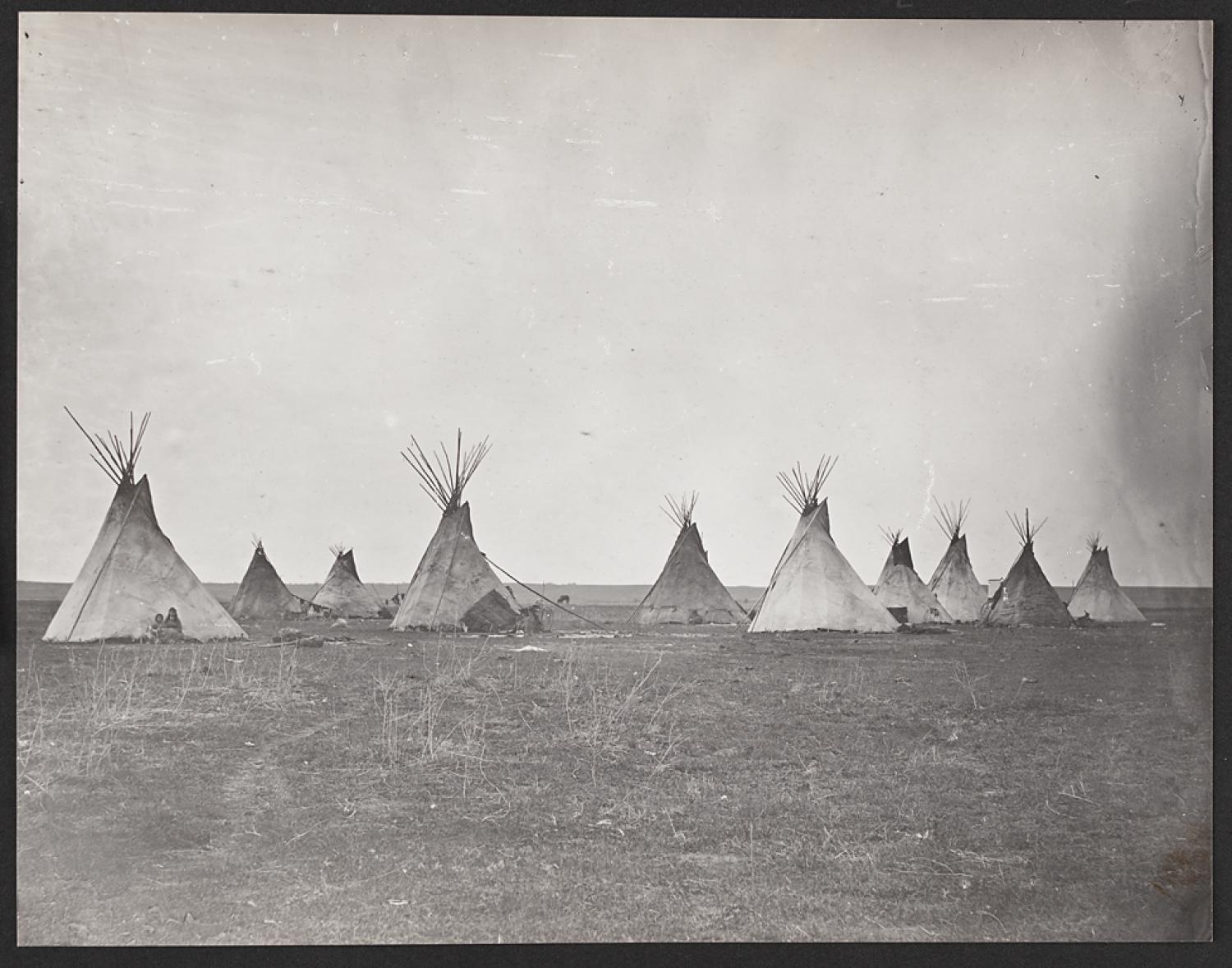A major transition in human sociality

Research in a variety of fields, from archaeology and anthropology to economic history, urban geography, economic geography, and urban economics, has typically found that, after controlling for the effects of technology, larger human settlements are also typically denser. The widespread nature of this pattern across time, space, and scale raises the question of whether this densification with population scale is an intrinsic property of human networks. In a recent paper by the Social Reactors Project team, Jose Lobo and others provide strong evidence that this is NOT the case. The paper, recently published "ahead of print" and with comment and response from a number of readers in Current Anthropology, examines a global database of ethnographic information from mobile hunting and gathering societies, finding that in such societies more populous camps are generally LESS dense than less populous ones. This pattern implies decreasing returns to scale in the connectivity of individuals in such societies, in marked contrast to the pattern in more settled societies across the globe. The researchers suggest several possible explanations, from the absence of facilities for private food storage to the limited institutions that regulate interaction among non-relatives, as areas for additional research. Importantly, these results demonstrate that the social reactor process is not an intrinsic aspect of human networks, but is rather something that emerged along with sedentary life.

